Have You Seen This Iconic Photo Of Young Oyster Shuckers Girls? Discover The Heart Wrenching Story Behind It
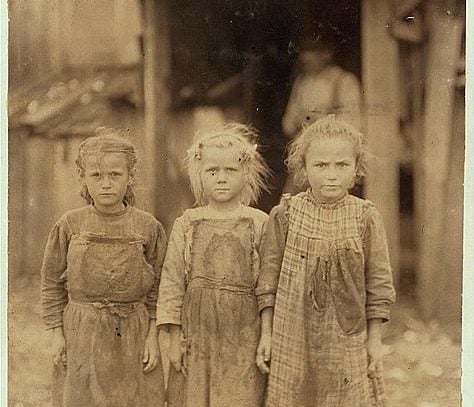
At first glance, it appears to be just another photograph from a distant past—three young girls, seemingly lost in time, standing in a coastal town. Their clothes are worn, their expressions tired, and their surroundings stark.
But beneath the surface lies a story that goes beyond the frame, a narrative that echoes the struggles and sacrifices of a generation lost to history.
This isn’t just a photograph; it’s a window into an era where childhood was sacrificed for survival, where the innocence of youth was overshadowed by the relentless demands of labor.
Join us as we delve into the story behind this iconic image, exploring the lives of three young girls caught in the harsh reality of child labor.
What the image portrayed
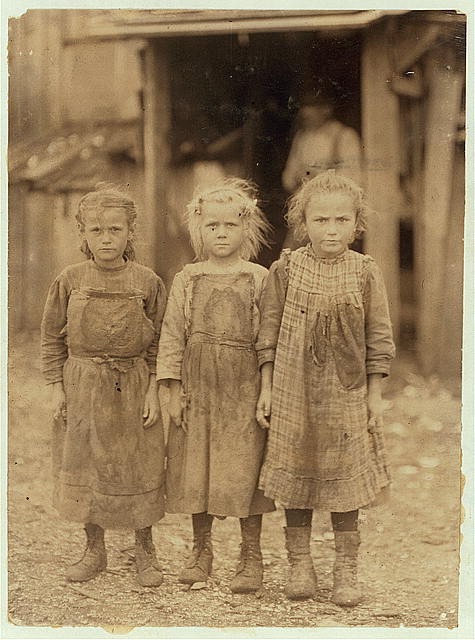
This photo shows three girls—Josie and Bertha, both six, and Sophie, ten—engaged in the tough work of shucking oysters. They worked at the Maggioni Canning Co., where child labor was common.
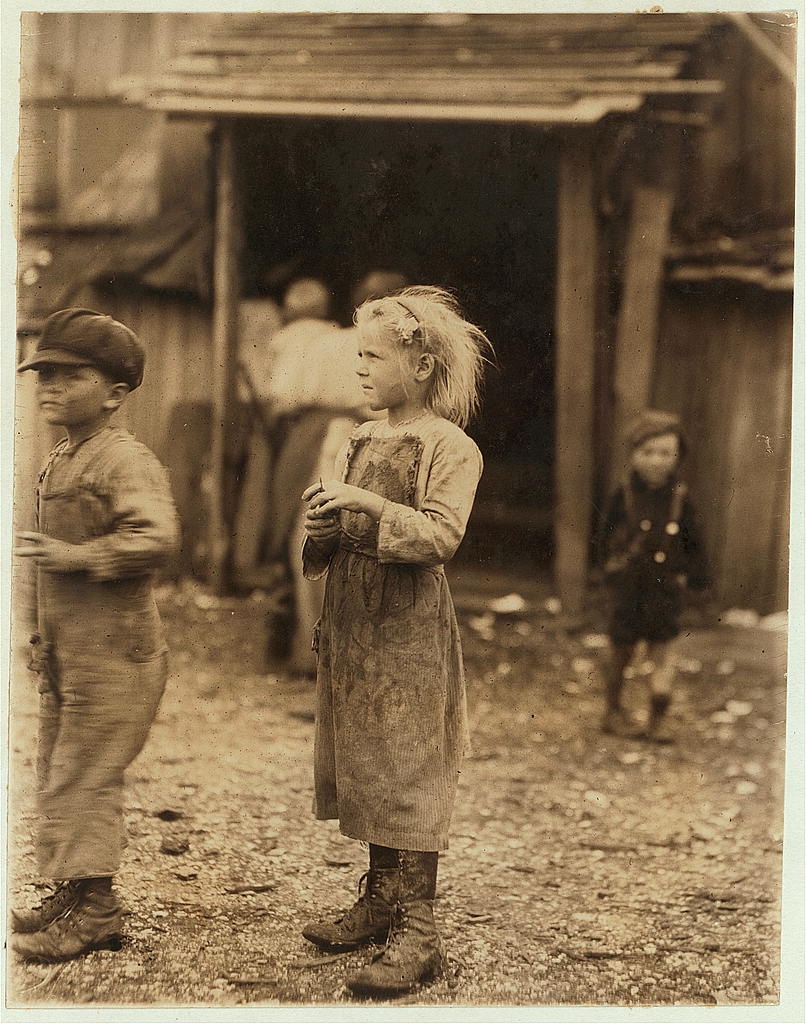
These girls were part of a larger group of child workers, forced into labor to support their families, often at the cost of their education and well-being.
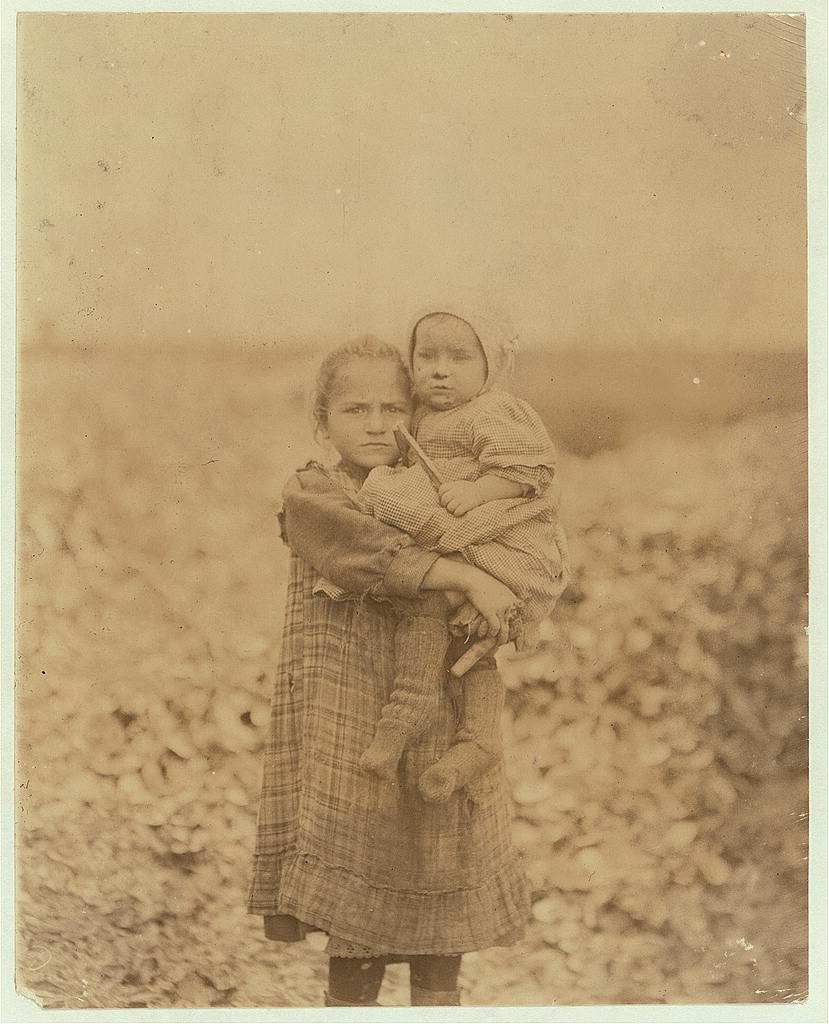
The photo captures their exhaustion, showing just how normal this harsh reality was, with long hours and dangerous conditions for only a few pennies.
The making of the photo

According to the Library of Congress’s records, this poignant photograph was taken in February 1912 by Lewis Wickes Hine, a sociologist and photographer who dedicated much of his career to exposing the inhumane conditions of child labor in the United States.
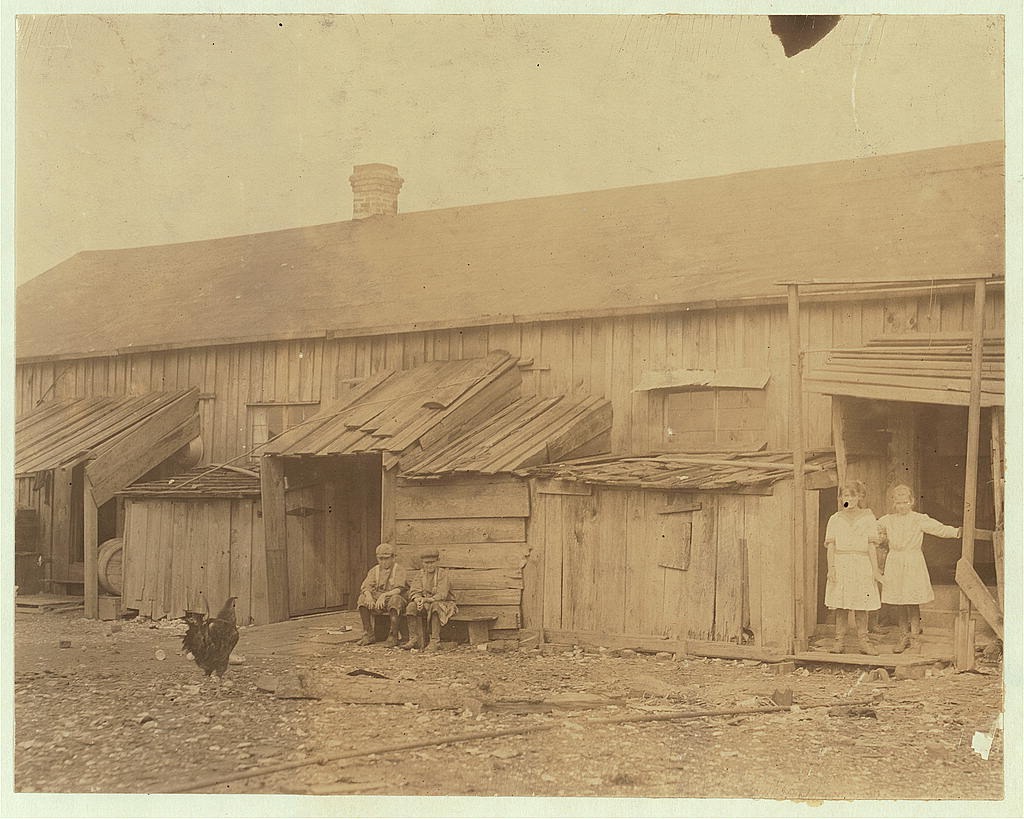
Hine’s work was not merely about capturing images but about telling the stories that those in power would rather keep hidden.
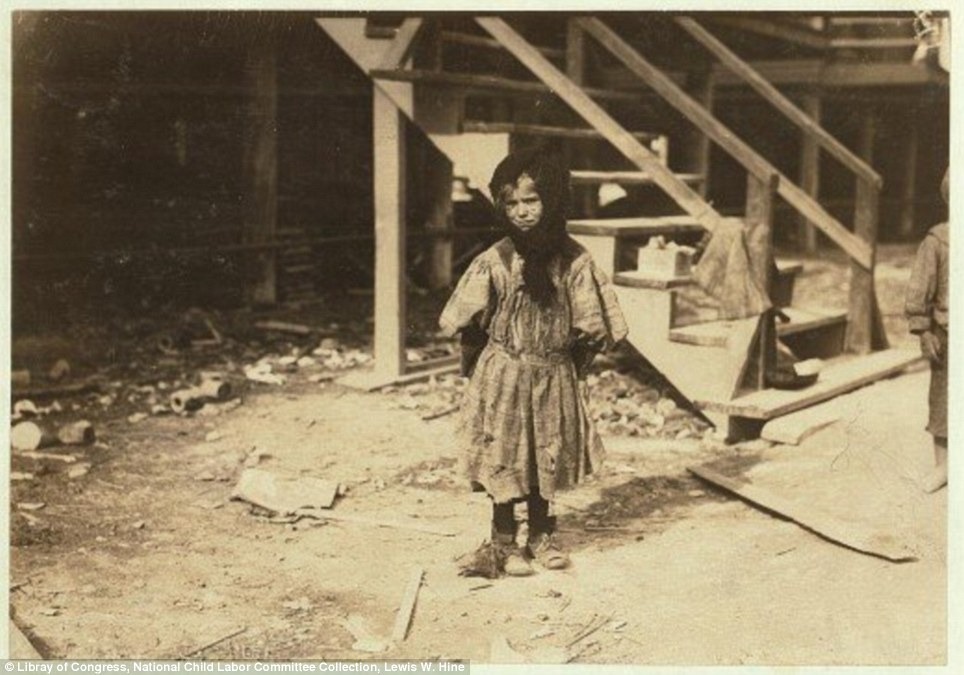
His role in child labor law reform is undeniable, as his photographs stirred public sentiment and eventually led to significant legislative changes.
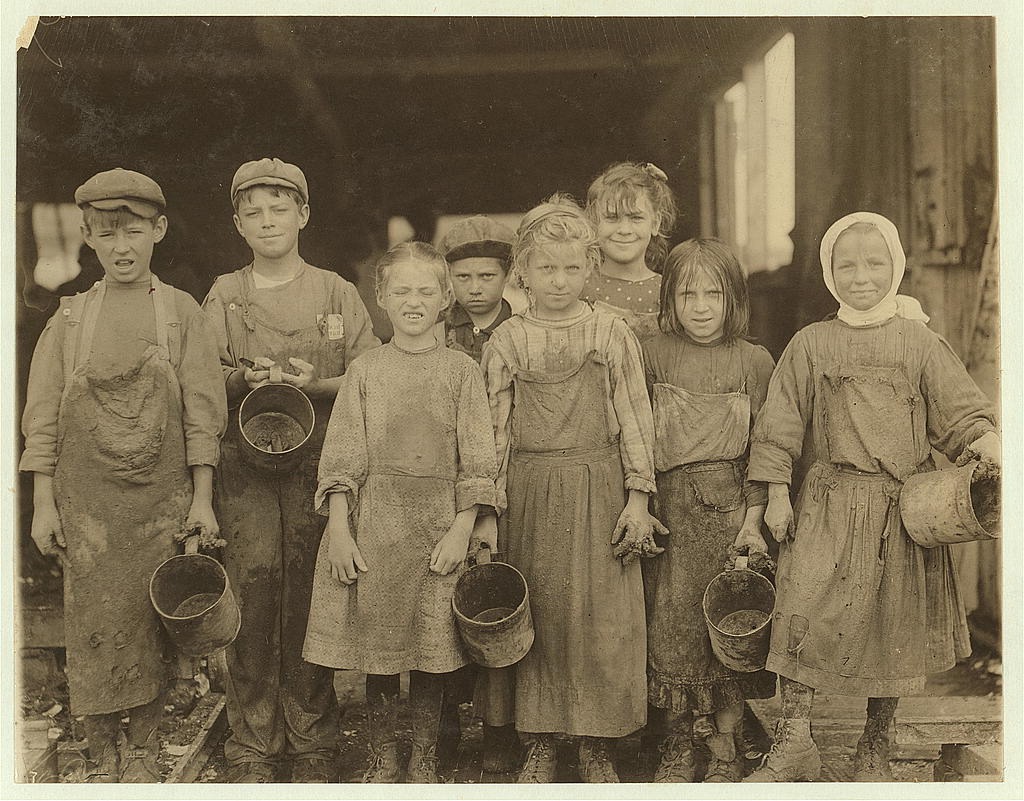
To capture these images, Hine often had to assume various disguises.
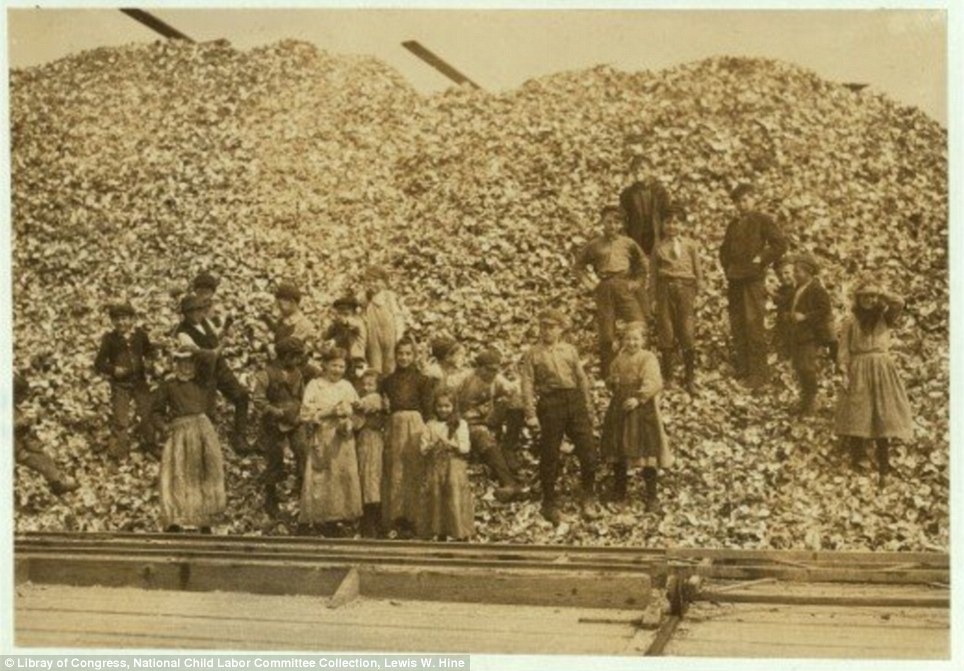
The dangers of exposing the brutal realities of child labor were very real, so Hine would sometimes present himself as a Bible salesman, a postcard vendor, or even a photographer documenting industrial machinery.
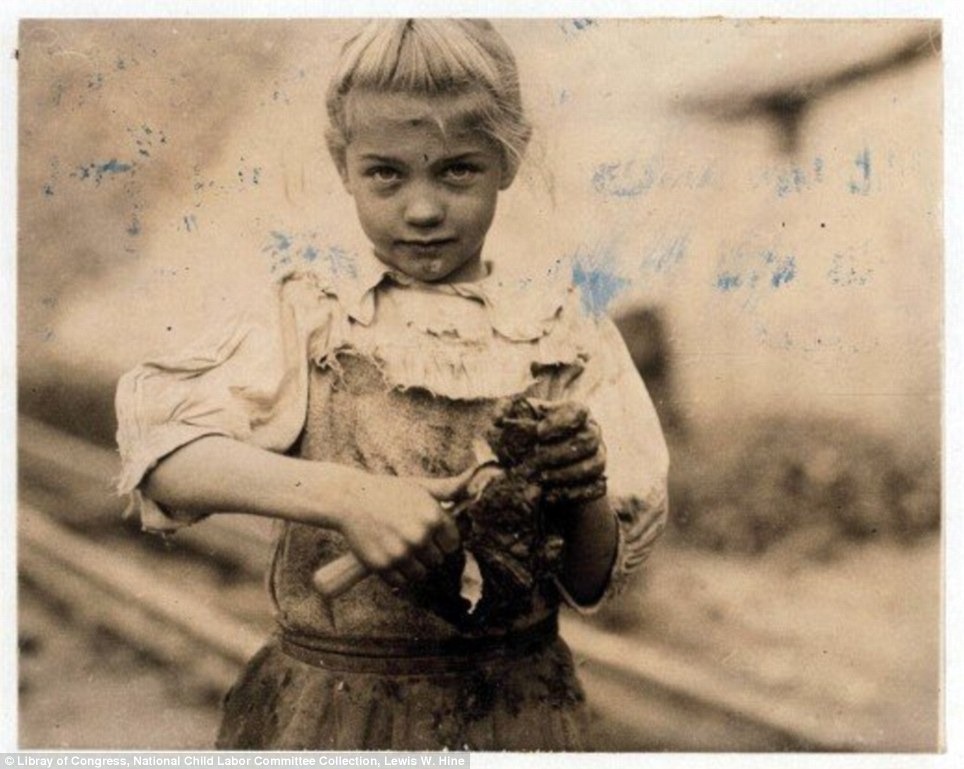
This particular photo was taken in Port Royal, South Carolina, part of Hine’s broader project that spanned from the Northeast to the Deep South, capturing the lives of child workers in different industries.
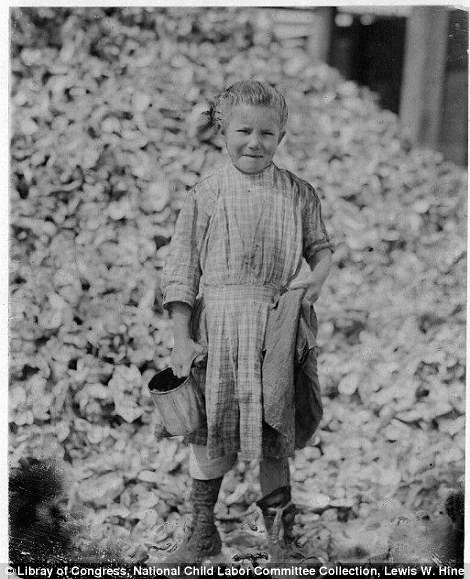
The Maggioni Canning Co., where these girls worked, was one of many companies that employed children in such roles.
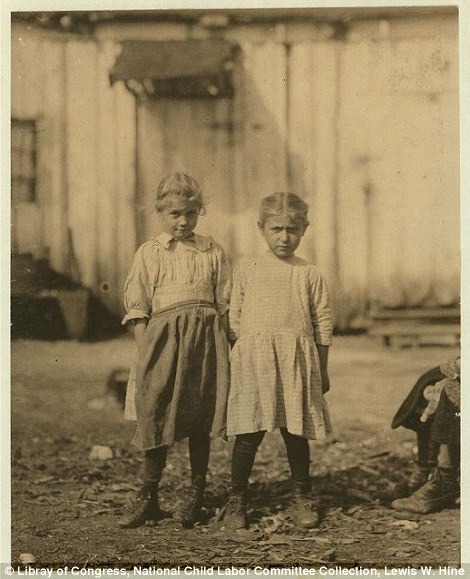
Interestingly, the company is still in operation today, albeit under very different conditions.
The child labor before reform
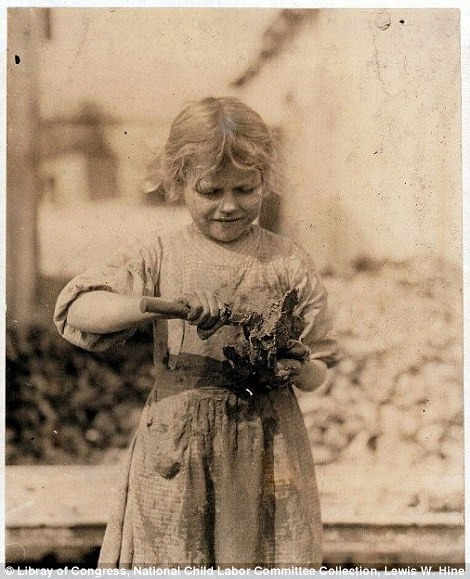
Before the Fair Labor Standards Act of 1938, child labor was rampant, with children like Josie, Bertha, and Sophie enduring harsh exploitation.
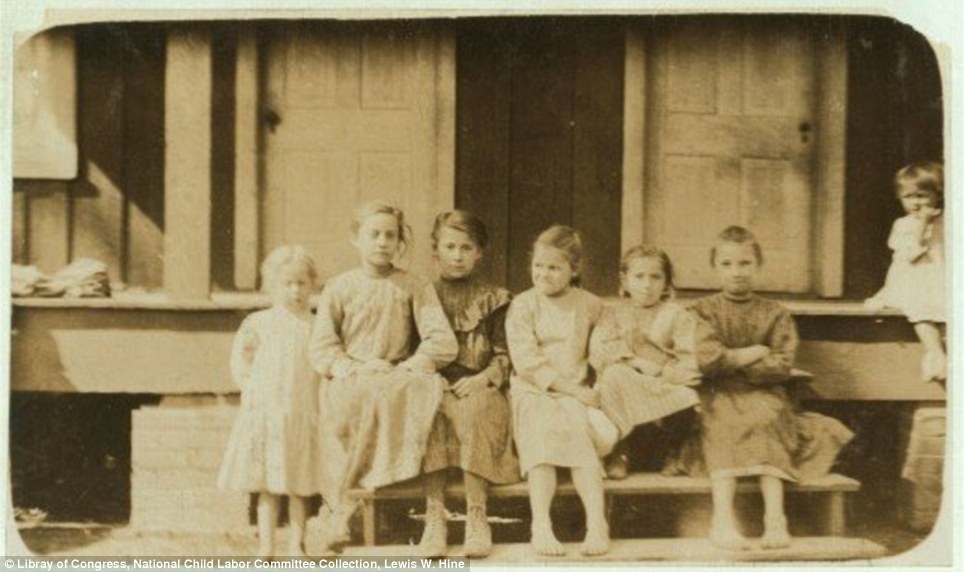
They worked in poor conditions—long, grueling hours in unsafe environments for minimal pay.
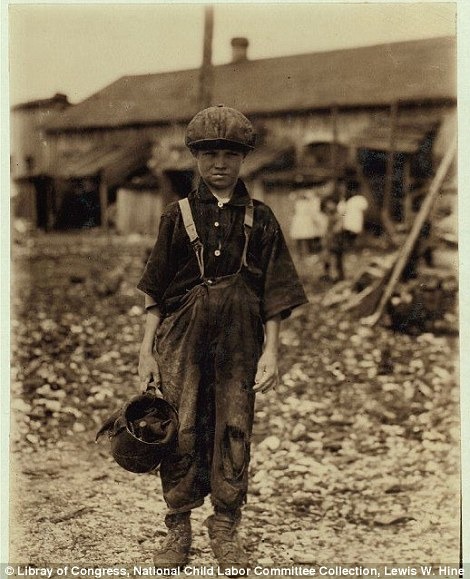
The Industrial Revolution’s economic boom came at a steep cost, forcing children into jobs that left them physically exhausted and deprived of education.

These conditions were not just dangerous but inhumane, trapping families in a cycle of poverty.
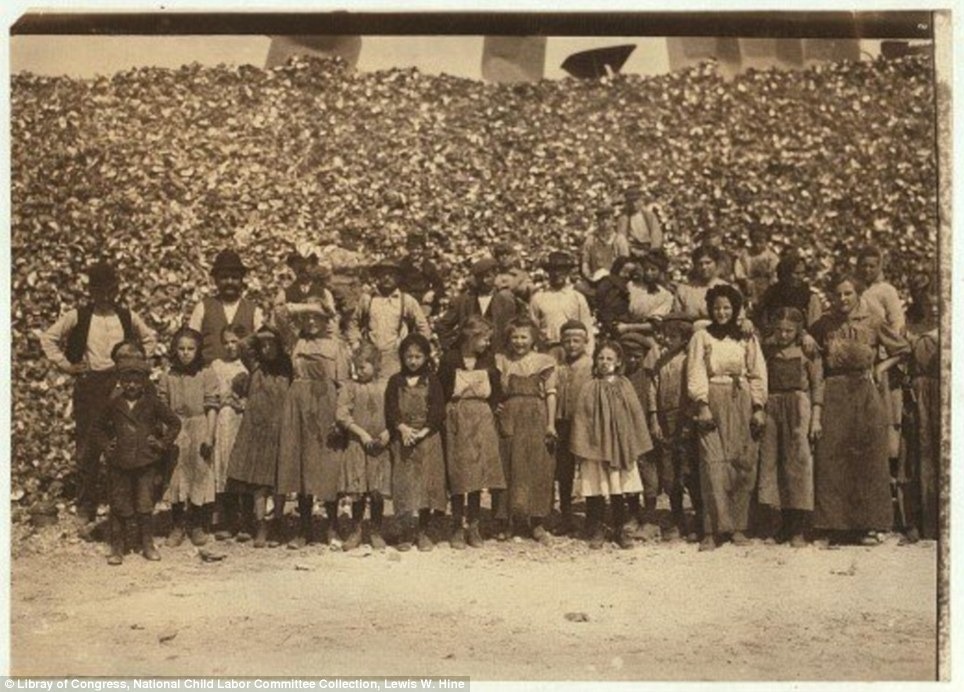
Lewis Hine’s powerful photographs shed light on these grim realities, showing the dire need for change. His work was crucial in pushing for laws to protect children from such brutal exploitation.
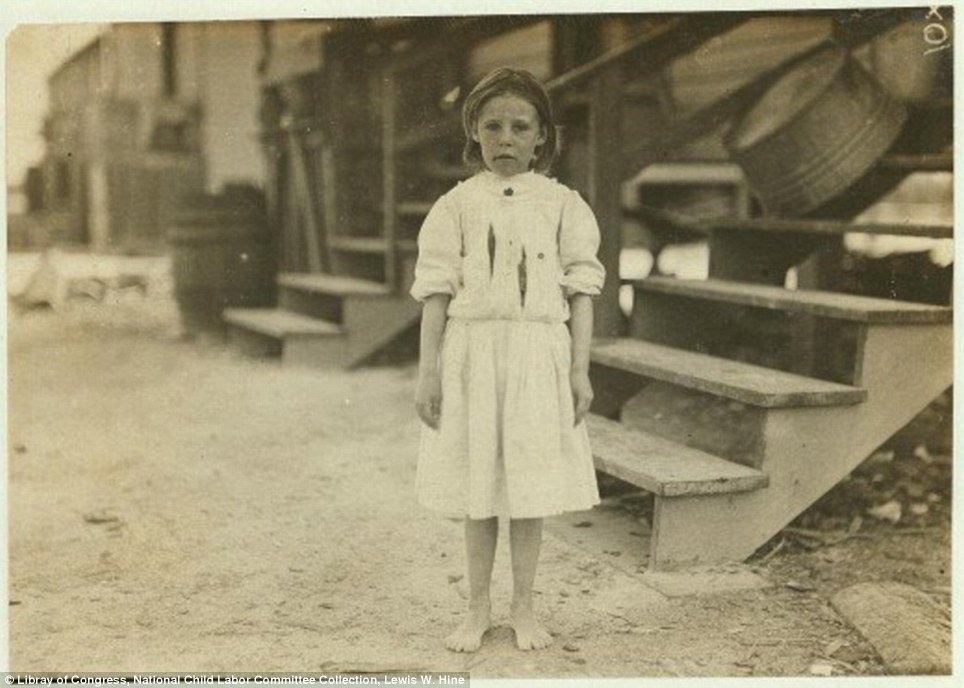
Today, while much progress has been made, Hine’s images remind us of the importance of safeguarding the rights and well-being of children everywhere.

